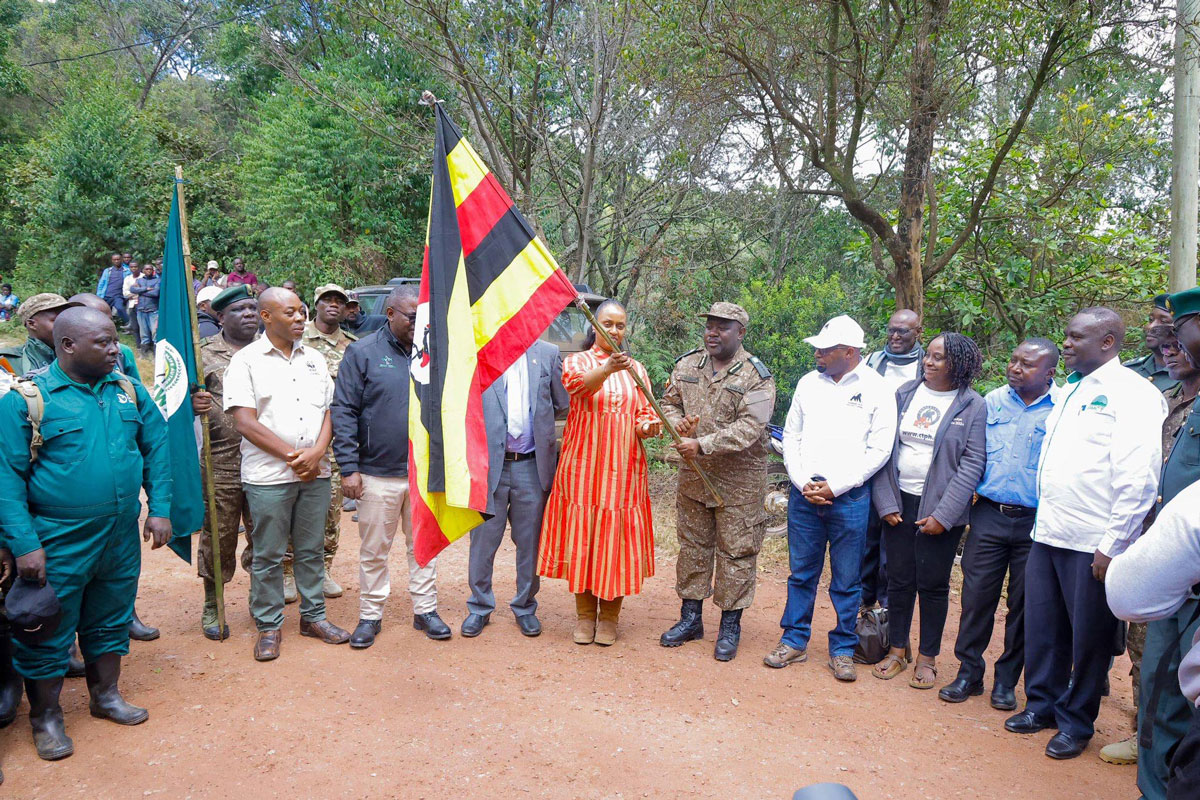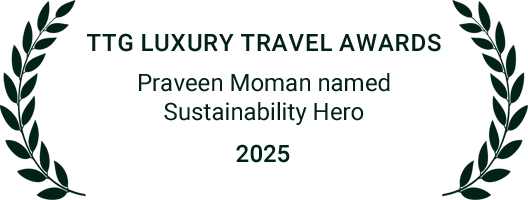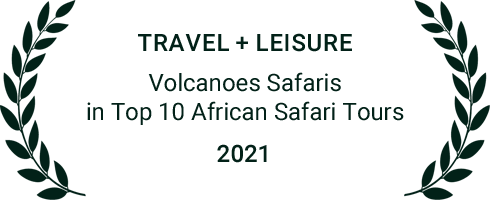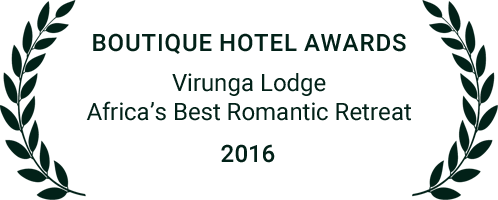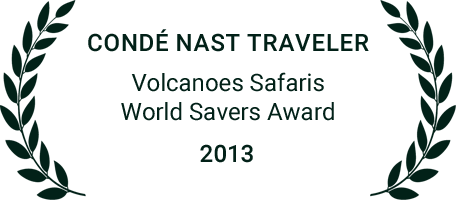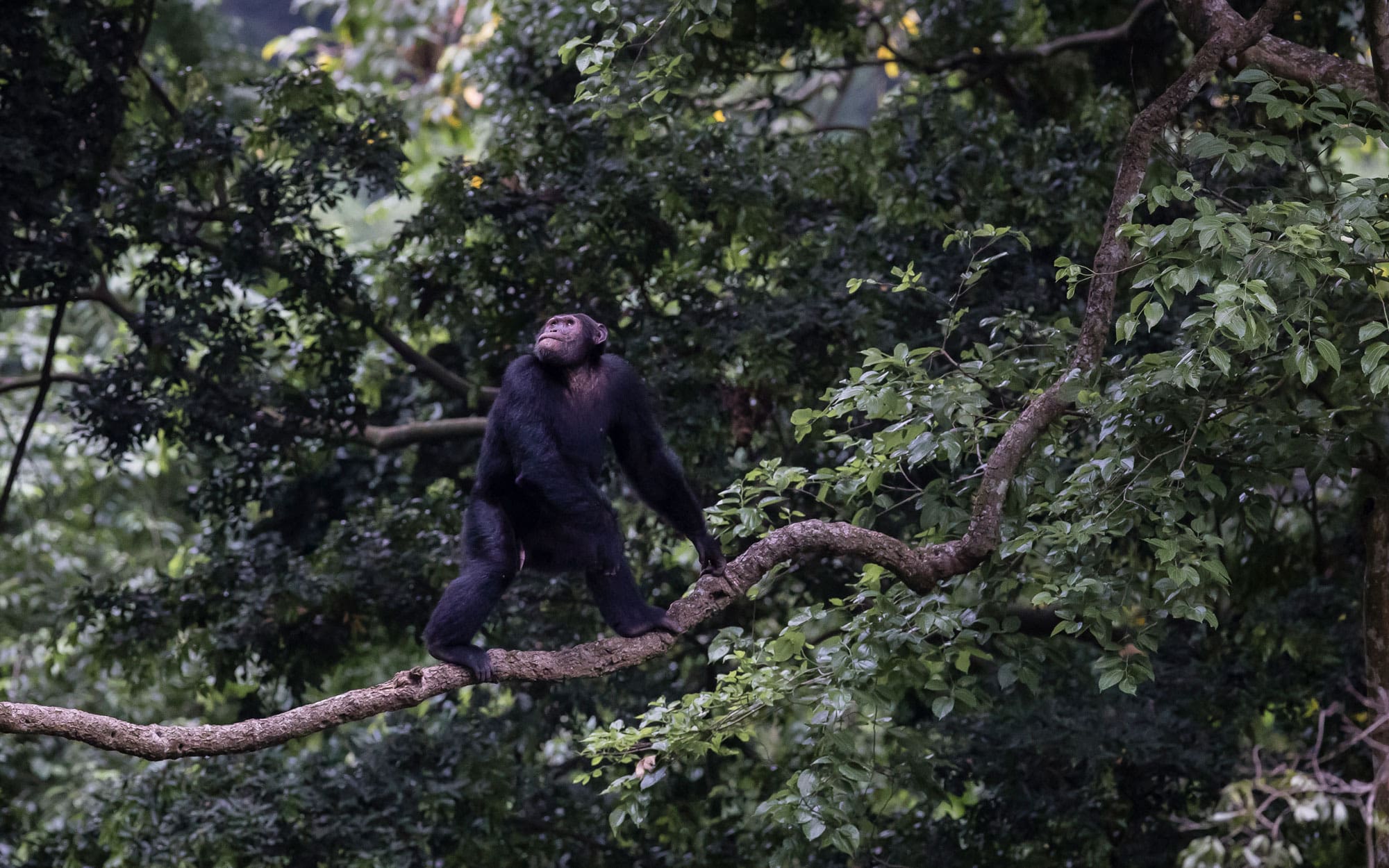2025 marks an important landmark in mountain gorilla conservation: it is the 100th anniversary of the creation of Virunga National Park in the Congo - originally called Albert National Park - in 1925.
The National Park territory incorporated the area around the extinct volcanoes of Mikeno, Karisimbi and Visoke, the mountain gorilla habitat in Congo, as well as the wildlife area of the Rwindi Plains to the north.
It was an historic event: Albert National Park became Africa's first national park. Hunting gorillas and other wildlife was prohibited in the areas covered by the national park.
In 1927, the territory was extended to include the south-eastern slopes of Mount Visoke and Karisimbi, situated in today’s Rwanda and was the beginning of Volcanoes National Park in Rwanda.
Praveen Moman, Founder Volcanoes Safaris, speaking on behalf of the Albertine Apes Alliance notes:
"A hundred years after the creation of the first protected area for mountain gorillas, it is heartening to note that the only four mountain gorilla habitats in the world - in DRC, Rwanda, Uganda are all protected areas.
This has required long term joint actions by the governments of the three countries as well as the protected area authorities; international and local conservation, research and veterinary organisations; the Greater Virunga Transboundary Secretariat; GRASP; private sector and local communities. This collective action has made mountain gorilla conservation as well as sensitive and controlled ecotourism a great success story.
Ecotourism has provided funds for preservation of these mountain gorilla national parks, for national budgets and created economic livelihoods for communities.
The mountain gorilla conservation model has been very successful and all those involved should take pride in its achievements.
Today the mountain gorilla population stands at about 1063, a major increase from approximately 250 in the 1960s, when Dian Fossey predicted the gorillas would become extinct by 2000.
All stakeholders need to work together so that mountain gorilla conservation and ecotourism continues to be a success story in the years to come, especially given the rapidly increasing population growth and development in the region."
Praveen Moman
Founder
Volcanoes Safaris
Background
- In 1902 Robert von Beringe shot two mountain gorillas on the slopes of Mount Sabyinyo in Congo, marking the official international recognition of this species. One gorilla was sent to the Zoological Museum of Berlin. This discovery created increasing requests for gorilla hunting permits as well as a wish to display specimens in museums.
- This led to increasing calls for greater conservation of the mountain gorilla. On 21 April 2025, King Albert of Belgium, encouraged notably by Carl Akeley of the American Museum of Natural History in New York, created Albert National Park which incorporated the gorilla habitat around the extinct volcanoes of Mikeno, Karisimbi and Visoke, as well as the wildlife in the Rwindi Plains in the north. Albert National Park became Africa's first national park. Within one year, in January 1926, it would be joined by South Africa's Kruger National Park. On 18 August 1927, Albert national park was extended to include the south-eastern slopes of Mount Visoke and Karisimbi, situated in today’s Rwanda. As a result, hunting of gorillas and other animals was strictly prohibited in these areas.
- Surveys led by James Chapin, Carl Akeley and Jean-Marie Derscheid defined the limits of the protected area. After the sudden death of Carl Akeley in November 1926 at the camp in Kabara, Derscheid took over the survey work.
- Later Albert National Park was extended as far as Lake Edward, increasing its area from 25,000 to 190,000 hectares, including the western slopes of the Rwenzori Mountains, and the habitat of the Okapis.
- In July 1962, the DRC sector of the Albert National Park was renamed Parc National de Virungas.The Rwandan sector of the Park, smaller in size, became Parc National des Volcans (Volcanoes National Park). On the Ugandan side of the Virunga volcanoes, Mgahinga Forest Reserve was created by the Ugandan colonial government in the 1920s. Together with the Bwindi Impenetrable Forest it was gazetted as a formal national park by the Ugandan government in 1991. The work of the four protected areas is overseen by their respective national park authorities - the Congolese Institute for the Conservation of Nature; Rwanda Development Board; and Uganda Wildlife Authority. The UN Great Apes Survival Partnership (GRASP) was set up in 2001 to help ensure the long-term survival of gorillas, chimpanzees, bonobos and orangutans and their habitats in Africa and Asia. The Greater Virunga Transboundary Secretariat, set up in 2015, fosters collaboration between the four mountain gorilla protected area authorities.


